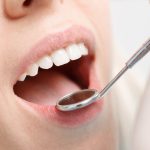When Do Kids Lose Teeth? Understanding the Age and Stages of Children’s Tooth Loss
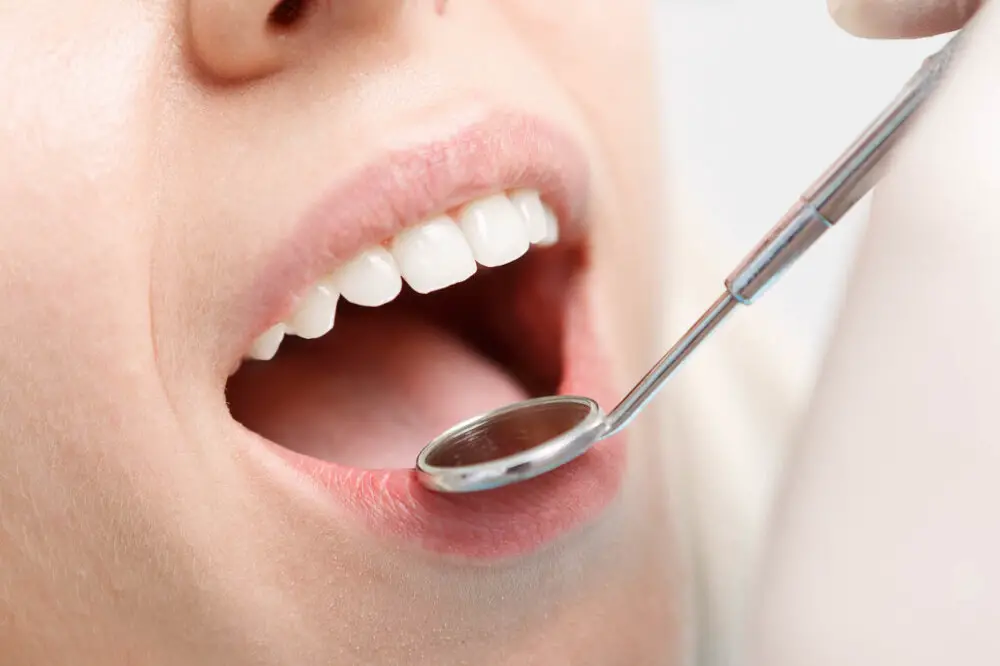
As parents, it’s essential to understand the stages of your child’s dental development. One of the most exciting milestones in a child’s life is losing their baby teeth. Although it can be a bittersweet moment, it is a natural part of growing up. Understanding the age and stages of tooth loss can help you prepare your child for this inevitable transition and promote healthy oral hygiene habits. The process of losing baby teeth is called exfoliation. It occurs when the roots of the baby teeth dissolve, making them loose and eventually fall out. Generally, children begin to lose their baby teeth around the age of 6, but the exact timing can vary. Factors such as genetics, nutrition, and oral hygiene can all play a role in the timing of tooth loss. By understanding the typical age range for tooth loss, you can help your child feel more comfortable and confident during this exciting time in their life.
Understanding tooth loss in children is crucial for parents and caregivers. Teeth play a vital role in facilitating speech, chewing, and maintaining the structure of the mouth and facial features. Loss of teeth at an early age can impact a child’s self-esteem and confidence, leading to social and emotional issues. Moreover, early tooth loss can affect the positioning of permanent teeth, leading to orthodontic problems later in life. By understanding the age and stages of tooth loss in children, parents can monitor their child’s dental health and take preventive measures to ensure healthy permanent teeth. Regular dental check-ups and good oral hygiene practices can help prevent tooth decay and avoid premature tooth loss in children.
\When Do Kids Lose Teeth Understanding the Age and Stages of Children’s Tooth Loss\ is an informative article that explores the natural process of tooth loss in children. The article delves into the different stages of tooth eruption and shedding, which typically occur between the ages of 6 months and 13 years. It highlights the importance of monitoring a child’s dental development, as well as providing helpful tips for parents on how to care for their child’s teeth during this time. With engaging language and descriptive visuals, this article serves as a valuable resource for parents and caregivers looking to better understand their child’s dental health.
Primary Teeth vs. Permanent Teeth
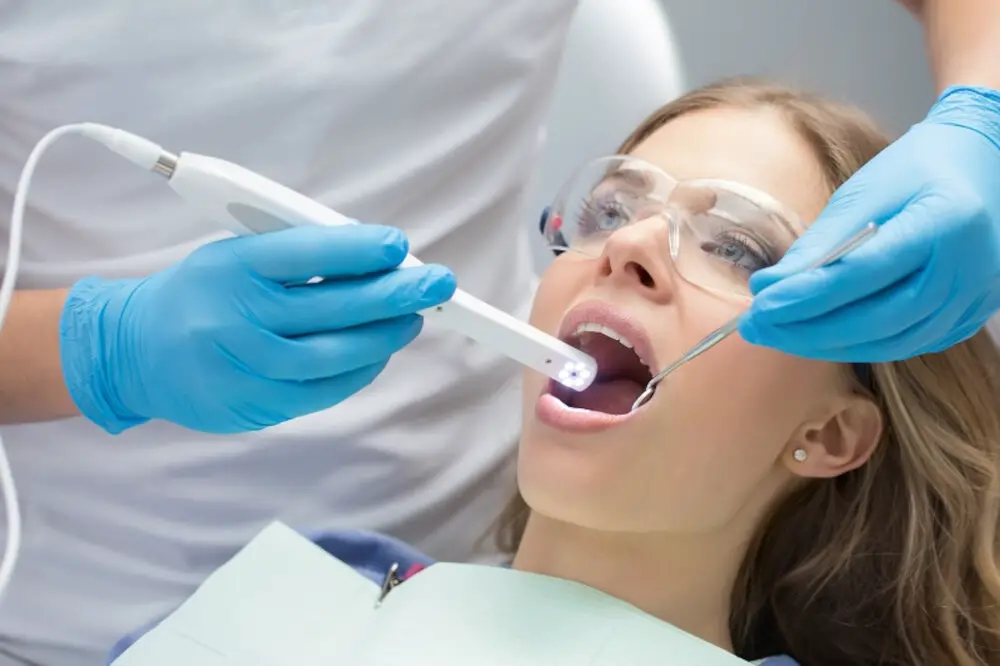
Primary teeth and permanent teeth are two types of teeth that humans have during their lifetime. Primary teeth, also known as baby teeth, are the first set of teeth that develop in a child’s mouth. They start to appear around six months of age and are usually all present by the age of three. Primary teeth are smaller and whiter than permanent teeth and are designed to help children chew their food and speak clearly. They also play a role in jaw development and help guide permanent teeth into their proper position. On the other hand, permanent teeth are the second set of teeth that humans develop and are meant to last a lifetime. These teeth start to replace primary teeth around the age of six and continue to erupt until the age of 21. Unlike primary teeth, permanent teeth are larger and have a more complex shape, designed to meet the demands of an adult’s diet. They are also darker in color than primary teeth, often with slight yellow or gray undertones. While primary teeth are important for a child’s development, they eventually give way to permanent teeth, which are essential for maintaining good oral health throughout adulthood.
Primary teeth, also known as baby teeth or deciduous teeth, are the first set of teeth that erupt in a child’s mouth. These teeth typically begin to emerge around six months of age and are fully developed by the age of three. Primary teeth are essential for a child’s oral development, as they help with speech development, enable the child to chew properly and ensure that the permanent teeth erupt in the correct position. Permanent teeth, on the other hand, are the second and final set of teeth that a person will have in their lifetime. These teeth typically begin to emerge around the age of six and continue to erupt until the age of 21. Permanent teeth replace the primary teeth and are responsible for a person’s lifelong oral health. It is crucial for parents to understand the age and stages of their child’s tooth loss to ensure proper oral hygiene and dental care.
There are two types of teeth: primary teeth, also known as baby teeth, and permanent teeth. Primary teeth are the first set of teeth that children develop, and they typically start to erupt between 6-10 months old. These teeth are smaller and whiter than permanent teeth and are only meant to last for a few years. Permanent teeth, on the other hand, are larger and stronger than primary teeth and are meant to last for a lifetime. They begin to replace primary teeth around the age of 6 and continue to erupt until early adulthood. While both types of teeth serve important functions, it is crucial for parents to understand the age and stages of children’s tooth loss to ensure proper dental care and hygiene habits.
Stages of Tooth Loss

Tooth loss is a natural part of childhood development, but it can be a confusing and sometimes painful experience for kids and parents alike. Understanding the stages of tooth loss can help parents prepare their children for this milestone and address any concerns they may have. The first stage of tooth loss typically occurs around age six, when the baby teeth begin to loosen and fall out to make room for permanent teeth. This process can continue until around age 12 when all of the baby teeth have been replaced by permanent teeth. The second stage of tooth loss occurs during adolescence, when the wisdom teeth begin to emerge. These teeth, also known as third molars, typically appear between the ages of 17 and 25. Some people may not develop wisdom teeth at all, while others may experience pain and discomfort as the teeth grow in. In some cases, wisdom teeth may need to be extracted to prevent overcrowding or other dental problems. Overall, understanding the stages of tooth loss can help parents and children navigate this important aspect of childhood development with confidence and ease.
The stages of tooth loss in children are a natural part of their development, starting with the eruption of their first set of teeth. Children usually start losing their baby teeth around the age of 6, with the lower front teeth being the first to go. This is followed by the loss of the upper front teeth and the molars. As the permanent teeth begin to erupt, they push the baby teeth out of the way, causing them to loosen and eventually fall out. The process of tooth loss can take several years, with the last baby teeth typically falling out around the age of 12. It is important to encourage good oral hygiene habits during this time, as the health of the baby teeth can affect the development of the permanent teeth.
Understanding the age and stages of children’s tooth loss can be crucial for parents, guardians, and caregivers alike. It is a natural process that starts around 6 years, when children lose their lower incisors, and continues until they are around 12 years old, with the loss of their second molars. The baby teeth, or primary teeth, fall out in a specific order, and the permanent teeth follow suit. The timing of tooth loss can vary from child to child, but there are general age ranges for each stage. The first stage, when children lose their lower incisors, usually happens between 6 and 7 years, while the last stage, when they lose their second molars, occurs between 10 and 12 years. It is essential to keep track of the tooth loss process and ensure that children maintain proper oral hygiene habits to ensure healthy permanent teeth.
Tooth loss in children is a natural part of their development, but it can be concerning for parents who are unsure when to expect it. There are several common signs that indicate tooth loss is imminent. The first is wiggling or loose teeth, which may be accompanied by discomfort or pain. As the tooth begins to detach from the gum line, it may also appear longer or stick out more than usual. Additionally, children may complain of sensitivity or pain when eating or drinking, especially if the tooth is loose or damaged. Finally, parents may notice that their child’s permanent teeth are beginning to emerge behind their baby teeth, indicating that the tooth loss process is underway. By recognizing these signs, parents can help their children prepare for and manage tooth loss with confidence and ease.
Caring for Your Child’s Teeth During Tooth Loss
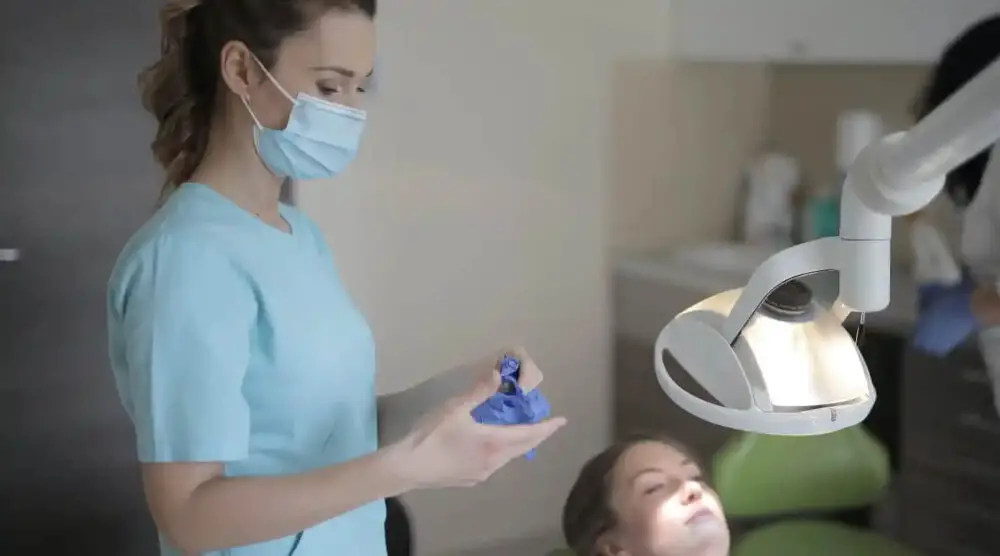
When a child begins to lose their baby teeth, it can be an exciting yet scary time for both the child and the parents. As a parent, it’s essential to ensure that you’re taking care of your child’s teeth during this stage. One of the essential things parents can do is to encourage good oral hygiene habits, such as brushing and flossing regularly. It’s crucial to teach your child the importance of brushing their teeth twice a day for two minutes each time and flossing at least once a day. This will help remove any food particles or plaque that may contribute to tooth decay. Another way to care for your child’s teeth during tooth loss is to encourage healthy eating habits. A diet that’s high in sugar and processed foods can increase the risk of tooth decay and cavities. Instead, encourage your child to eat a balanced diet that includes fresh fruits and vegetables, whole grains, and lean protein. Additionally, it’s crucial to limit sugary snacks and drinks, such as candy, soda, and juice. If your child does indulge in these treats, make sure to have them rinse their mouth with water afterward to help remove any excess sugar. By following these steps, you can help ensure that your child’s teeth are healthy and strong during the tooth loss stage.
Maintaining good oral hygiene is crucial for the overall health and wellbeing of children. It not only prevents tooth decay, gum disease, and bad breath but also ensures proper growth and development of teeth. Poor oral hygiene can lead to various health issues such as infections, pain, and discomfort, which can affect a child’s ability to eat, sleep, and speak. Additionally, it can also impact a child’s confidence and self-esteem, making them feel self-conscious about their appearance. Therefore, parents should encourage their children to brush, floss, and visit the dentist regularly to maintain good oral hygiene and prevent any potential dental problems.
Caring for your child’s teeth during tooth loss is crucial to ensure healthy oral hygiene. To promote healthy teeth and gums, encourage your child to brush their teeth twice a day, floss regularly, and rinse their mouth with water after meals. Additionally, offer them a balanced diet with less sugar and more leafy greens, fruits, and dairy products to provide adequate nutrients for strong teeth. Encourage them to drink plenty of water throughout the day to prevent dry mouth and promote saliva production. Lastly, ensure they visit a dentist regularly for checkups and to monitor their tooth loss progress. By following these tips, you can help your child maintain healthy teeth and gums throughout their tooth loss stages.
Regular dental checkups are essential for maintaining healthy teeth and gums. It is recommended that children visit the dentist every six months for a checkup and cleaning. This not only helps to prevent cavities and gum disease but also allows the dentist to monitor the child’s teeth as they grow and develop. During these checkups, the dentist will also provide guidance on proper oral hygiene habits, such as brushing and flossing techniques. It is important for parents to prioritize their child’s dental health by scheduling these regular checkups and following the dentist’s recommendations for at-home care. By doing so, children can enjoy a lifetime of healthy and beautiful smiles.
Common Concerns and Questions About Tooth Loss

Tooth loss is a common concern for both kids and adults. Many people worry about how losing a tooth will affect their appearance, speech, and ability to eat. One of the most common questions about tooth loss is when it will happen. Children typically start losing their baby teeth around age six and continue to lose them until around age 12 or 13. However, every child is different, and some may lose their teeth earlier or later than others. If you have concerns about your child’s tooth loss, it’s best to consult with a dentist who can provide personalized advice based on your child’s unique situation. Another common concern about tooth loss is how it will impact oral health. Losing a tooth can lead to a variety of issues, including changes in bite, shifting teeth, and bone loss. It’s important to address tooth loss promptly to prevent these issues from occurring. One option for replacing missing teeth is a dental implant, which is a permanent solution that looks and functions like a natural tooth. Other options include dentures and bridges, which can also be effective for restoring a smile. Again, it’s best to consult with a dentist to determine the best course of action for your individual needs.
As parents, it’s natural to have concerns and questions about your child’s tooth loss. Some common concerns include whether the timing of tooth loss is normal, what to do if a tooth is lost prematurely, and how to ease any pain or discomfort that your child may experience during the process. It’s important to note that every child’s tooth loss journey is unique, and there is typically a wide range of normal when it comes to the timing of tooth loss. However, if you have any concerns about your child’s tooth loss, don’t hesitate to consult with a pediatric dentist who can provide guidance and reassurance. Additionally, making sure your child maintains good oral hygiene habits can help prevent premature tooth loss and ensure a healthy smile for years to come.
Tooth loss in children is a natural process that occurs as their baby teeth make way for permanent teeth. However, there are several myths surrounding this process that can cause unnecessary anxiety for parents and children. One common myth is that tooth loss only occurs during the early elementary school years. In reality, the first baby tooth can be lost as early as four years old or as late as seven years old. Another myth is that losing baby teeth means the permanent teeth will automatically grow in straight and healthy. In truth, proper oral hygiene and regular dental check-ups are crucial for ensuring the healthy development of permanent teeth. It’s important for parents to understand the truth about children’s tooth loss to help their children maintain good oral health habits for a lifetime.
Losing baby teeth is a natural part of a child’s growth and development, typically starting around the age of six and continuing until the age of 12 or 13. The process of tooth loss is known as exfoliation, and it occurs as the permanent teeth begin to push through the gums and replace the primary teeth. The order and timing of tooth loss can vary from child to child, but it generally follows a predictable pattern. Parents can help their children manage the discomfort of tooth loss by encouraging good oral hygiene habits and providing age-appropriate foods to support healthy tooth development. By understanding the age and stages of children’s tooth loss, parents can help their children transition to a healthy, happy, and confident smile.
As a final recommendation, parents should encourage their children to practice good oral hygiene habits such as brushing and flossing regularly, and visiting the dentist for check-ups and cleanings. Parents should also be aware of any potential issues with their child’s teeth such as overcrowding or misalignment and consult with an orthodontist if necessary. Additionally, parents should be patient and understanding during this process as losing teeth can be a sensitive and emotional experience for some children. By staying informed and proactive about their child’s dental health, parents can help ensure that their child enjoys a healthy and beautiful smile for years to come.
Conclusion
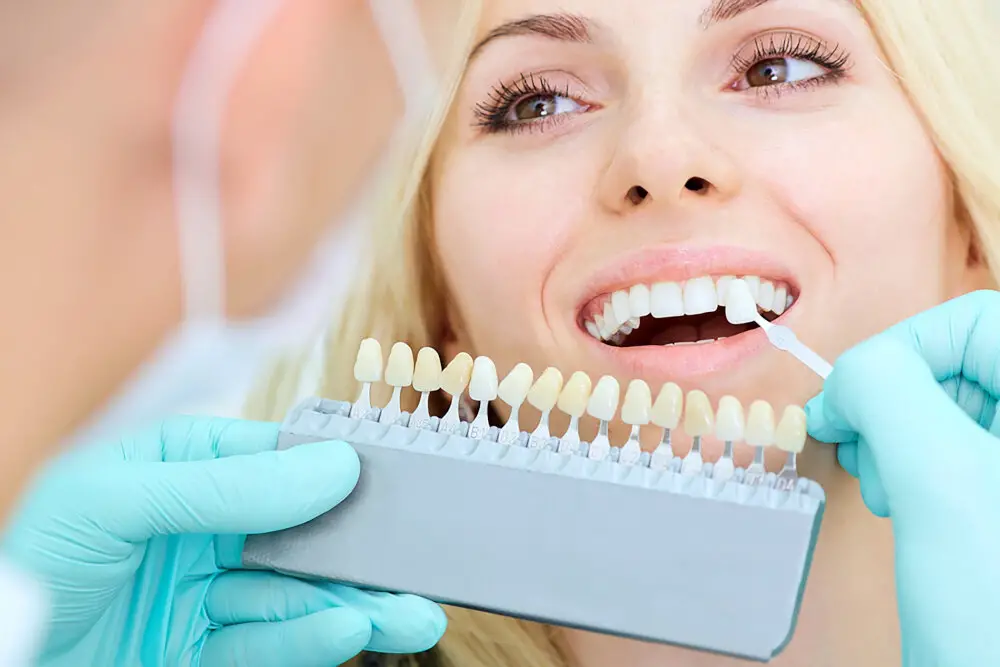
In conclusion, understanding the age and stages of children’s tooth loss is crucial for parents and caregivers to ensure proper dental care for their children. The process of losing baby teeth can be exciting yet nerve-wracking for both kids and parents, but knowing what to expect can help ease the transition. As children grow and develop, their teeth play a vital role in their overall health and well-being. Therefore, parents must encourage good oral hygiene habits from a young age and schedule regular dental check-ups to ensure healthy permanent teeth. By staying informed and proactive, parents can help their children enjoy a lifetime of healthy, beautiful smiles.




